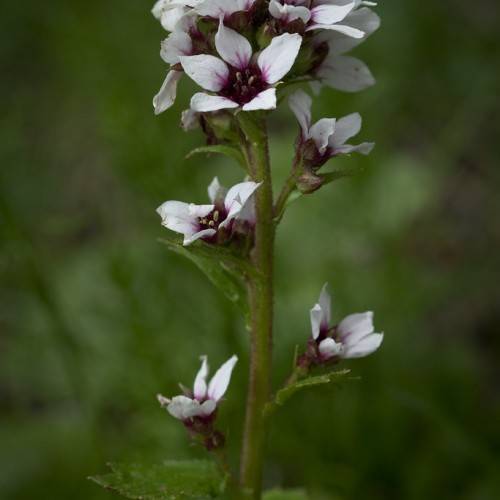
Richardson's Brookfoam
Boykinia richardsonii
Watering:
Minimal
Hardiness Zone:
Flowers:
Flowers
Sun:
full sun,part shade
Fruits:
Fruits Ready In Fall
Leaf:
Yes
Growth Rate:
Low
Salt Tolerant:
Yes
watering
Hairy Grama should be watered deeply at the base of the plant once per week. Allow the soil to dry out between waterings, as water-logged soils can lead to root rot. During warm, dry spells, an additional weekly watering may be necessary to keep the plant looking its best. It is important not to overwater, as overly moist soil can lead to disease.
sunlight
Hairy Grama is an ornamental grass species that prefers full sun to partial shade, with 6 to 8 hours of sunlight per day. This grass will do best in areas with plenty of direct sun. It should be planted in early spring or late in fall in areas with hot summer temperatures. In cooler climates, Hairy Grama can be planted in late summer or early fall. Be sure to water the area thoroughly when planting the grass and make sure to evenly spread out fertilizer during the growing season.
pruning
Hairy Grama (Bouteloua hirsuta) should be pruned once a year, in late winter or early spring. Pruning is beneficial to the health of the plant as it will help to maintain an attractive shape and remove any dead, diseased or damaged foliage. Pruning should be done judiciously, however, as too much or too little cutting could adversely affect the appearance and health of the plant. Generally, only light pruning is necessary, and it should focus primarily on removal of dry or brown foliage. Avoid cutting into living foliage or stems as this could damage the plant and open it up to further damage from pests and disease.
